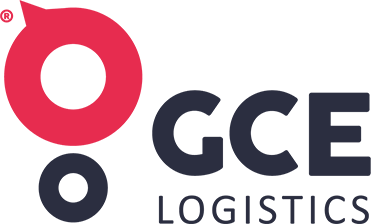It’s no secret that rising transportation costs are one of the greatest supply chain risks faced by exporting firms. A 2016, Third-Party Logistics Study found that 70% of all shippers attribute successful collaboration with their 3PL providers as a main driver in logistics cost reductions, with a further 75% saying that 3PLs help businesses innovate and find effective ways of improving existing logistics.
Today, 3PL providers offer more than cost savings; they are long-term partners in technology, process integration, and shared accountability. Both businesses and 3PLs must align objectives and coordinate planning, management, and execution to ensure mutual benefit.
Here are some key elements of successful 3PL collaborations.
Research Before Making a Selection
Many businesses make the mistake of rushing the decision to choose their 3PL provider without considering their objectives. This means the 3PL partner you select might not have the capacity or reach to ship to your target destinations, or they may have different expectations regarding contract pricing.
Make sure that your 3PL provides a stable unified platform with consistent processes across the enterprise. Many of these firms are the result of several acquisitions and mergers with a resultant variability in services. Evaluate the 3PL’s service level, technology, management, reputation, strategic direction, expected results, and corporate culture before making your choice.
An Integrated Logistics Relationship
Establish a clear, quantifiable relationship with your 3PL provider using a Service Level Agreement (SLA) and agreed KPIs. This helps track partnership effectiveness through metrics and codifies processes and objectives like customer service, IT, cost reductions, and logistics improvements.
This agreement must be reviewed periodically. If changes are necessary due to changes in the industry or your relationship, then these can be commonly agreed upon as well.
Regular Communication
Great partnerships are cemented through consistent and effective communication, as well as the sharing of vital information. This includes internal and external sharing between partners as well as the measurement of results and their communication. Good communication will help you resolve conflicts before they occur, and when they do, it will help you resolve the issues at hand and make decisions towards changing processes so that those scenarios don’t occur again.
Sharing Risks and Rewards
This is a business partnership, so your 3PL should function as an extension of your own business. It may be necessary to share joint premises with your 3PL to foster better communication and aid joint planning. Gain-sharing agreements are another way to show your business’s commitment to partnership by sharing risks and rewards in a 50-50 split.
Learn how GEC Logistics Services can help you.


Recent Comments